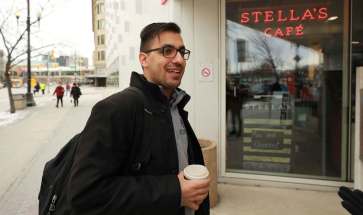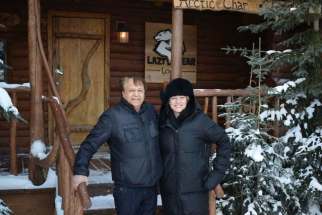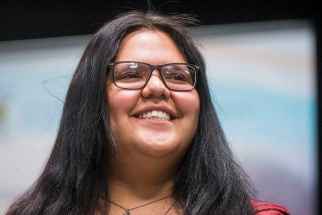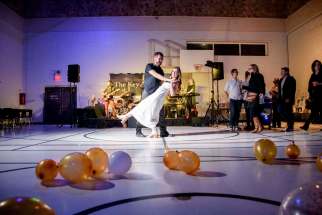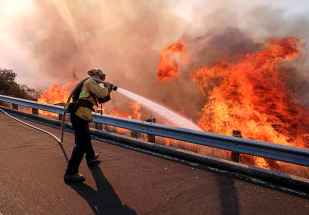School division launches program to develop Indigenous teachers
Read this article for free:
or
Already have an account? Log in here »
To continue reading, please subscribe:
Monthly Digital Subscription
$0 for the first 4 weeks*
- Enjoy unlimited reading on winnipegfreepress.com
- Read the E-Edition, our digital replica newspaper
- Access News Break, our award-winning app
- Play interactive puzzles
*No charge for 4 weeks then price increases to the regular rate of $19.00 plus GST every four weeks. Offer available to new and qualified returning subscribers only. Cancel any time.
Monthly Digital Subscription
$4.75/week*
- Enjoy unlimited reading on winnipegfreepress.com
- Read the E-Edition, our digital replica newspaper
- Access News Break, our award-winning app
- Play interactive puzzles
*Billed as $19 plus GST every four weeks. Cancel any time.
To continue reading, please subscribe:
Add Free Press access to your Brandon Sun subscription for only an additional
$1 for the first 4 weeks*
*Your next subscription payment will increase by $1.00 and you will be charged $16.99 plus GST for four weeks. After four weeks, your payment will increase to $23.99 plus GST every four weeks.
Read unlimited articles for free today:
or
Already have an account? Log in here »
Hey there, time traveller!
This article was published 13/11/2018 (2588 days ago), so information in it may no longer be current.
Ayla Laforte is 16, in Grade 11, and ready to commit the next seven years of her life to become a teacher.
In February, she will be among the first 30 Indigenous students enrolled in a pilot program designed to start training teachers in high school. In 2020, 30 more will follow in their footsteps.
The students are the vanguard in a $5-million, seven-year program unveiled Tuesday at St. John’s High School in Winnipeg, the first of its kind in Canada.
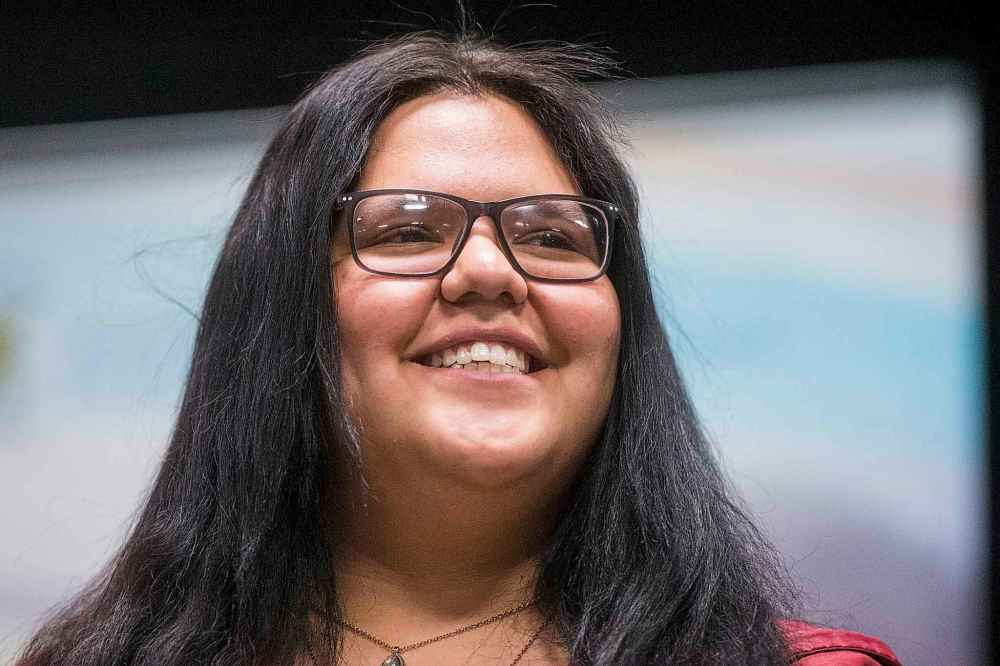
Build from Within–Ozhitoon onji Peenjiiee is a co-operative venture with the Winnipeg School Division, the national Indspire Awards program, and the University of Winnipeg.
“Our intention is clear: to provide the pathway and opportunities for Indigenous students within the division to become education leaders without our community,” WSD chief executive officer and chief superintendent Pauline Clarke said.
“The Build from Within program is a unique approach to transitioning Indigenous students through high school and into university.”
The WSD, the largest school division in Manitoba, has one the highest Indigenous enrolment numbers in Canada. Fifty-eight per cent of its students identify as Indigenous, set against one of the most stubborn stats in the country: a low Indigenous high school grad rate.
In 2006, some 44 per cent of Indigenous Canadians over the age of 15 did not have a high school diploma, compared to 24 per cent of the rest of the population. By 2011, 29 per cent of Canadian Indigenous people between the ages of 25 to 64 said they had no certificate, diploma or degree, compared to 12 per cent of the rest of the country.
The Winnipeg program’s first 60 students were chosen after an extensive application process that included essay writing and personal interviews a year ago. The process drew hundreds of applications from across the city.
“The goal is to take Indigenous students in Grade 10, 11 and 12, and train them to become teachers, right from Grade 11 through an integrated program at the University of Winnipeg. And eventually hire them as teachers in the Winnipeg School Division,” said Shane Bostrom, Build from Within project manager.
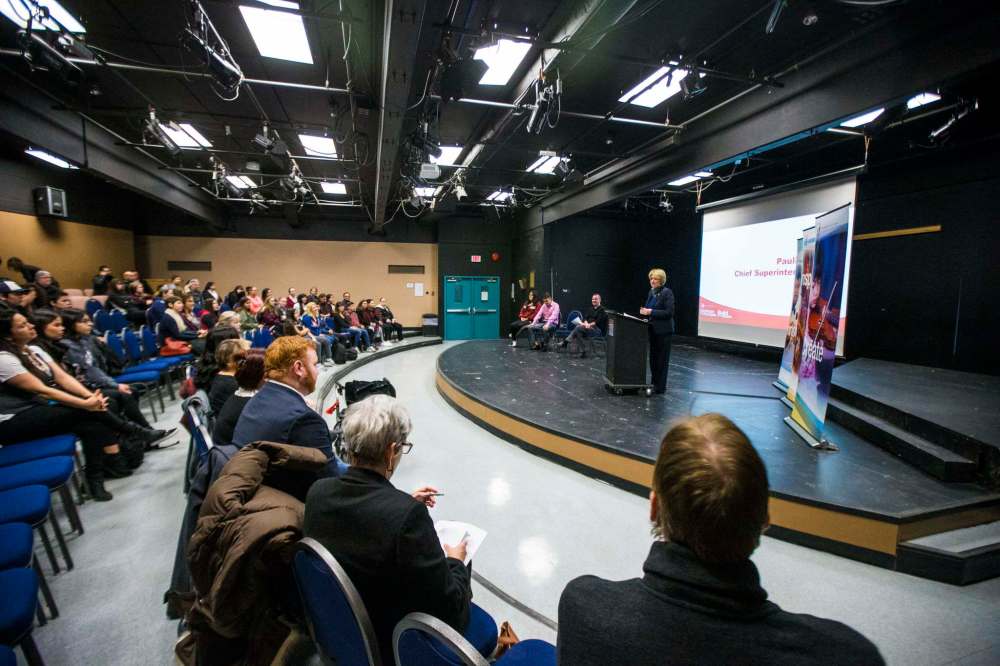
A unique aspect of program will result in the students earning diplomas as educational assistants while they complete high school. The school division will then hire them as EAs to help them through university, giving them hands-on classroom experience and financial support.
Laforte said programs such as this open up opportunities that otherwise don’t exist for many Indigenous families.
“It will change my life, and all the others who come after me,” said Laforte, who credits her career ambition to teach to a local educator who inspired her.
“That’s really what encouraged me to a teacher. She built me as a person. Teachers do that for you.”
School division elder and traditional knowledge keeper Myra Laramee, a trail blazer 25 years ago when she took on the job of principal of Niji Mahkwa School in Winnipeg, said the training process is as unique as the program because it includes an apprentice-style Indigenous curriculum component.
“Ozhitoon onji Peenjiiee is as much (about) a traditional way of rearing teachers. The way in which the program is going to be implemented is lots of modelling, lots of experiential learning, lots of believing in them and them believing in themselves,” Laramee said.
The announcement was one of two Tuesday about Indigenous education initiatives in the province.
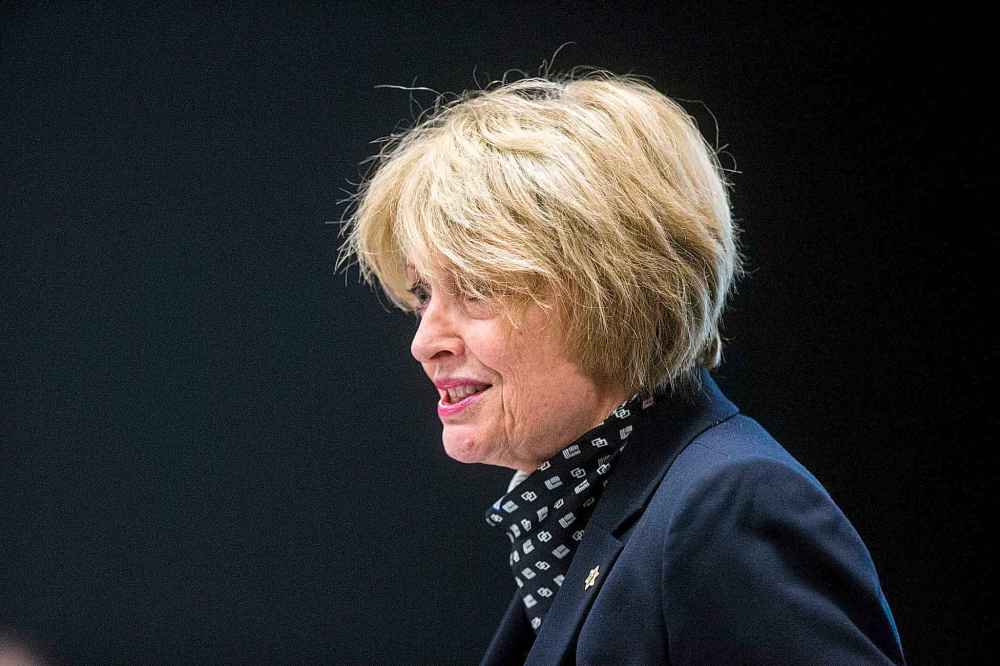
Also unveiled was $1.8 million in federal funding to help preserve Indigenous languages, language camps, classes and master-apprentice mentorships.
The two largest beneficiaries will be will be Anishnabe Mikinack Kinamakamik, which runs the Turtle Lodge learning centre in Sagkeeng First Nation, and the Nisichawayasihk Cree Nation in Thompson.
The projects aim to shore up seven First Nations and Métis languages, part of a $89.9-million commitment the federal Liberals made in 2017 to be distributed over the course of three years.
alexandra.paul@freepress.mb.ca

